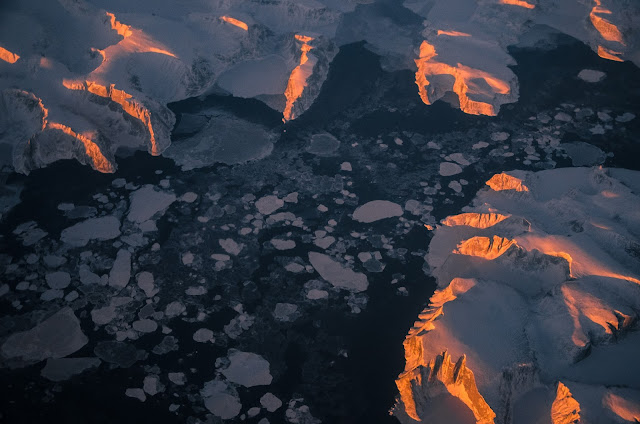Tips and Tricks to Enjoy/Photograph the most amazing meteor shower of the year 2016
Perseids is my favorite among various meteor shower which
happens throughout the year. Perseids this year has been predicted to produce
some extraordinary peak rates as per NASA which will be almost double the
normal rate.
I have been recently asked how and where to catch this
famous annual Meteor showers this year and below are some tips and tricks to
enjoy and photograph this spectacular fireworks of nature.
·
Darkness matters – The darker the sky, more
easily you would be able to see the meteors striking our atmosphere. Start
planning to be away from city lights and find an open spot with nice clear view
to the north from where the Perseids will radiate from. Plan to take a nice
chair and sleeping bag if you would like to relax and enjoy the show while your
camera does its job to capture the shots.
·
Timing – August 11, 12 – The best nights to
watch for Perseids is August 11th with expected rate of 200 meteors
per hour, but August 12th night being a Friday would not hurt either
if you are aiming for a nice weekend activity which is expected to produce almost
80-100 meteors per hour.
·
Watch out
for weather – If you are really particular about the catching the best of the
show, be weather aware. Keep your options open where you would like to venture
out and keep an eye out to see which of those spots will have clear skies, less
humidity. The lesser the clouds and moisture in the air, the more will be the visibility. With 60 Percent moon which will be up in the sky until midnight, visibility will be hindered but it will become perfect conditions soon after the moon set till an hour to Sunrise.
·
Camera/Lens requirement – Any Camera which can
go up to 6400 ISO will be able to capture the stars and meteors with ease along
with the foreground. Grab a nice wide angle lens varying from 11 – 24mm with a minimum
aperture of 2.8 to try and capture most of the meteor strikes. If you do not
have one, don’t be discouraged, you can either rent one or take up the
challenge and capture something unique with telephotos.
* *Tip – Try to catch the
Andromeda/ a prominent constellation and wait for few meteors to fall in the
frame.
·
Setting up the camera – Being a very consistent meteor
shower, you can safely point your camera towards North-North East to capture
the maximum number of meteor strikes. But, if you are trying to capture some
nice foreground or Milky Way along with it which doesn’t line up – I will not
be afraid to put the camera in that direction and start capturing the action,
as the meteors do land up anywhere in the sky though the majority might look
like it radiates from constellation Perseus. General setting for Camera I would
recommend would be having ISO at 1600+, Shutter Speed at 25s, Aperture at widest
possible of the lens preferably 2.8, and focal length between 11 and 24mm.
If shooting telephoto (Focal length more
than 24mm) – recommended settings would be ISO – 3200+, Shutter speed – less than
15s to avoid star trails and aperture preferably 1.8 to 2.8.
*Tip – Always take some trial shots to
finalize your frame which you would not regret after coming back. Do not keep
running around and pointing your camera to a different direction every time you
see a meteor in a different direction than where your camera faces. This will drastically
reduce the chance of capturing the meteors. Be patient and confident about your
frame you have set up, if you don’t end up catching a ton of them at least you
will have a nice timelapse or a star trail to take back with a few single
images with some nice pretty meteors. Prevent throwing other external light
source when the camera is shooting the timelapse to avoid changing of lighting condition
on the foreground which may become a hindrance when post-processing.

·
Watch out for lens fogging and battery – The best
way to capture meteors would be to have the camera running on timelapse mode
with continuous exposures which will increase the chance of capturing majority
of the meteors falling inside your camera frame. But being on timelapse for a
long period of time, lens might start fogging due to various environmental
factors such as temperature and humidity. To prevent disappointment later, you
can act on it upfront by having a hand warmer wrapped around the lens. And to
prevent battery from running out due to long exposures and temperatures, it
will be good if you could carry a battery pack/ extra batteries for your
camera.
·
Enjoy the show – With all these planning and
photographing, do not forget to enjoy the show. I can vouch that Perseids had
been the best meteor shower with some nice big trails and if you are in a real
dark spot, I bet you would able to see the colors of the meteor with your naked
eye.

















































